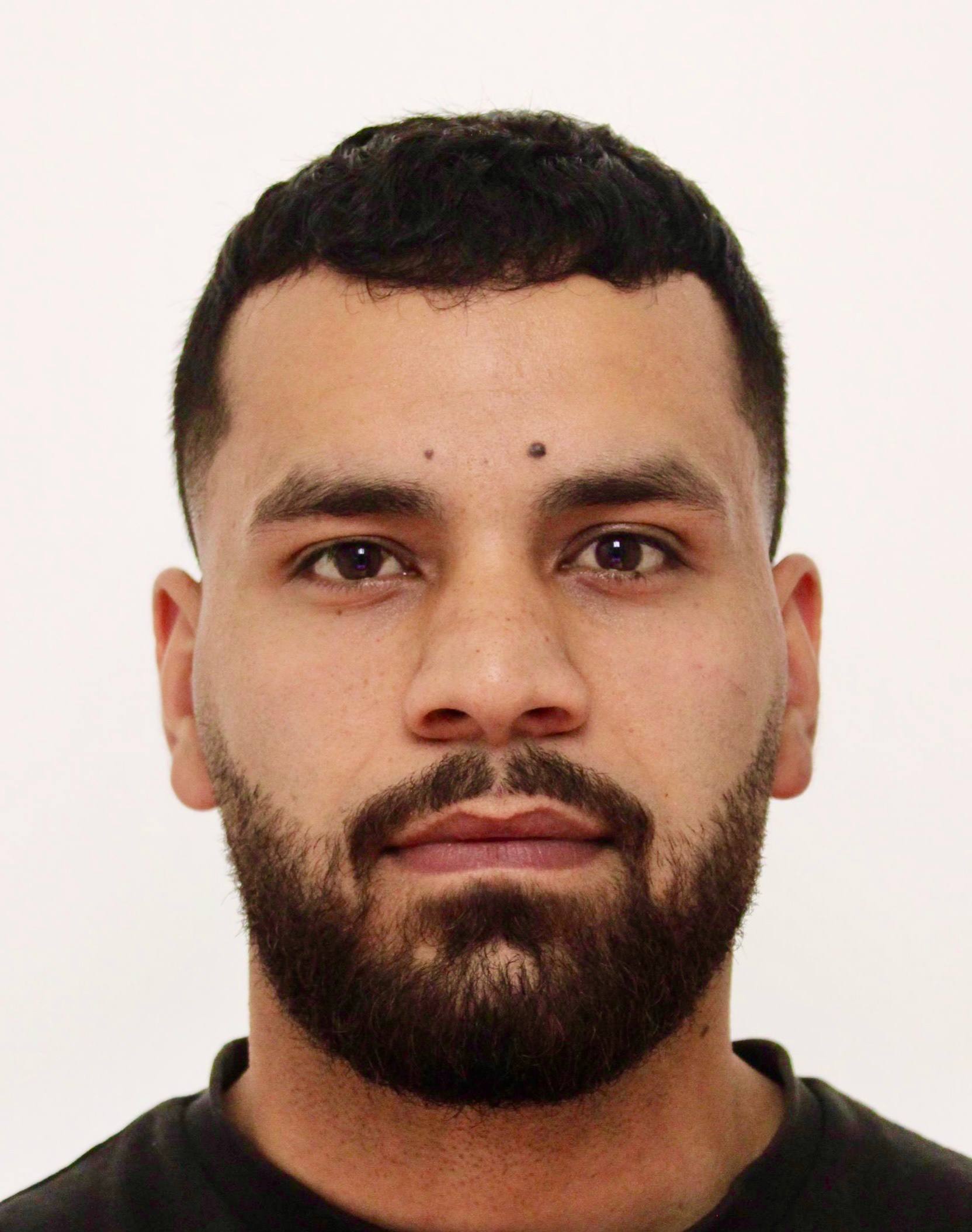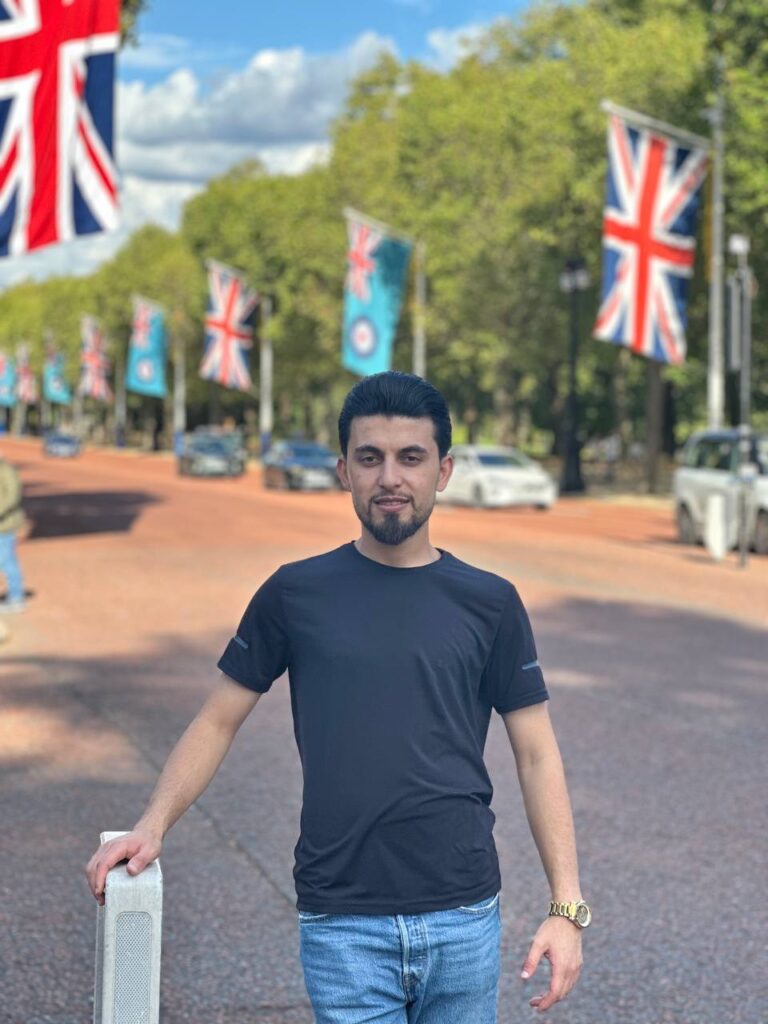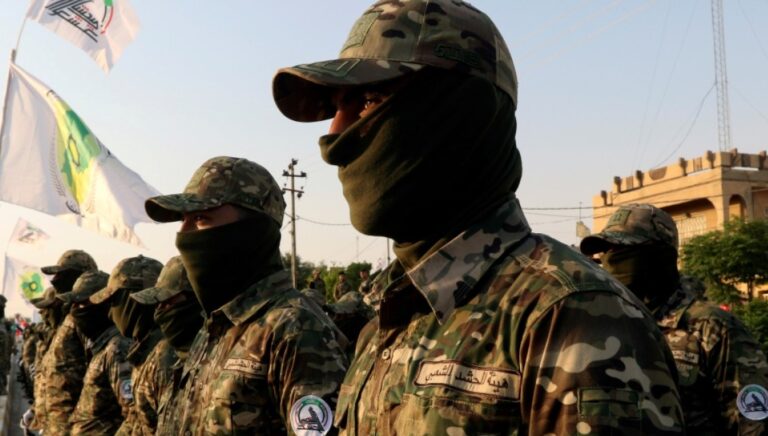
Brwa Kamil Ismael
Al-Hashd al-Shaabi, though formally recognized as an Iraqi military force, has evolved since its formation in 2014 into a dominant militia network serving the strategic interests of the Islamic Republic of Iran at the expense of Iraq’s sovereignty, economic stability, and political independence. Initially established under the religious decree of Grand Ayatollah Ali al-Sistani to confront the existential threat posed by the so-called Islamic State (ISIS), Al-Hashd al-Shaabi was expected to disband following ISIS’s territorial defeat in 2017. Instead, its forces expanded exponentially in size, influence, and resources, gradually surpassing the authority of Iraq’s constitutional institutions and embedding themselves as a parallel military, political, and economic power structure inside the country.
The organization’s trajectory reveals a deliberate transformation from a temporary security necessity into a permanent, Iranian-directed instrument of regional ambition. Direct Iranian military advisors have participated in its operations, while Tehran has supplied advanced weaponry, including drones and long-range missiles, turning Iraqi territory into a forward base for projecting Iranian power across the Middle East. Reports confirm that Al-Hashd al-Shaabi’s budgetary allocations from Iraq’s federal treasury have reached unprecedented levels—approximately $2.7 billion in the 2023 federal budget alone—while its troop numbers have exceeded 250,000, making it Iraq’s third-largest armed formation after the national army and federal police. Under former Prime Minister Haider al-Abadi, investigations revealed the presence of over 50,000 so-called “ghost soldiers” on its payroll—individuals receiving state salaries without serving—underscoring systemic corruption and financial exploitation.
Critics argue that this unchecked militarization, coupled with sectarian ideology, has destabilized Iraq internally and damaged its regional standing. Influential Iraqi leader Muqtada al-Sadr has publicly condemned Al-Hashd al-Shaabi as lawless militias engaging in arbitrary violence, extrajudicial killings, and operations targeting Sunni civilian populations, especially during and after the anti-ISIS campaigns. Similarly, former CIA Director David Petraeus warned that Iran-backed militias now pose as great a threat to Iraq’s security and territorial integrity as ISIS once did, given their autonomy from Baghdad’s command structures and persistent assaults on diplomatic missions, coalition forces, and Kurdish territories.
Evidence further suggests that Iran’s provision of sophisticated weaponry to these militias serves dual purposes: bolstering its proxies’ military capabilities while simultaneously generating revenue for Iran’s sanctions-stricken economy. Meanwhile, Al-Hashd al-Shaabi’s growing entrenchment in Iraq’s political and economic life, including control over border crossings, smuggling networks, and entire urban districts, reflects a calculated strategy to institutionalize militia dominance under the veneer of state legitimacy.
The United States has repeatedly designated several of these factions as terrorist organizations, citing their role in sectarian atrocities, attacks on civilians, and threats to regional security. Despite such international censure, Al-Hashd al-Shaabi continues expanding its manpower, armaments, and financial base, positioning itself as a parallel state apparatus loyal primarily to Tehran rather than Baghdad. Its persistence signals not only the erosion of Iraq’s sovereignty but also the emergence of a new model of militia-governance hybrid regimes across the region, where armed groups operate beyond the reach of conventional political accountability.
In conclusion, Al-Hashd al-Shaabi embodies a profound paradox for Iraq: a force initially mobilized to defend the nation has become a principal driver of its militarization, sectarian fragmentation, and political subordination to foreign interests. As long as Iraq’s ruling elites tolerate or exploit this militia dominance for short-term power calculations, the country risks deeper authoritarianism, economic dependency, and perpetual instability—transforming Al-Hashd al-Shaabi from a wartime necessity into a lasting symbol of state capture and regional proxy warfare.





